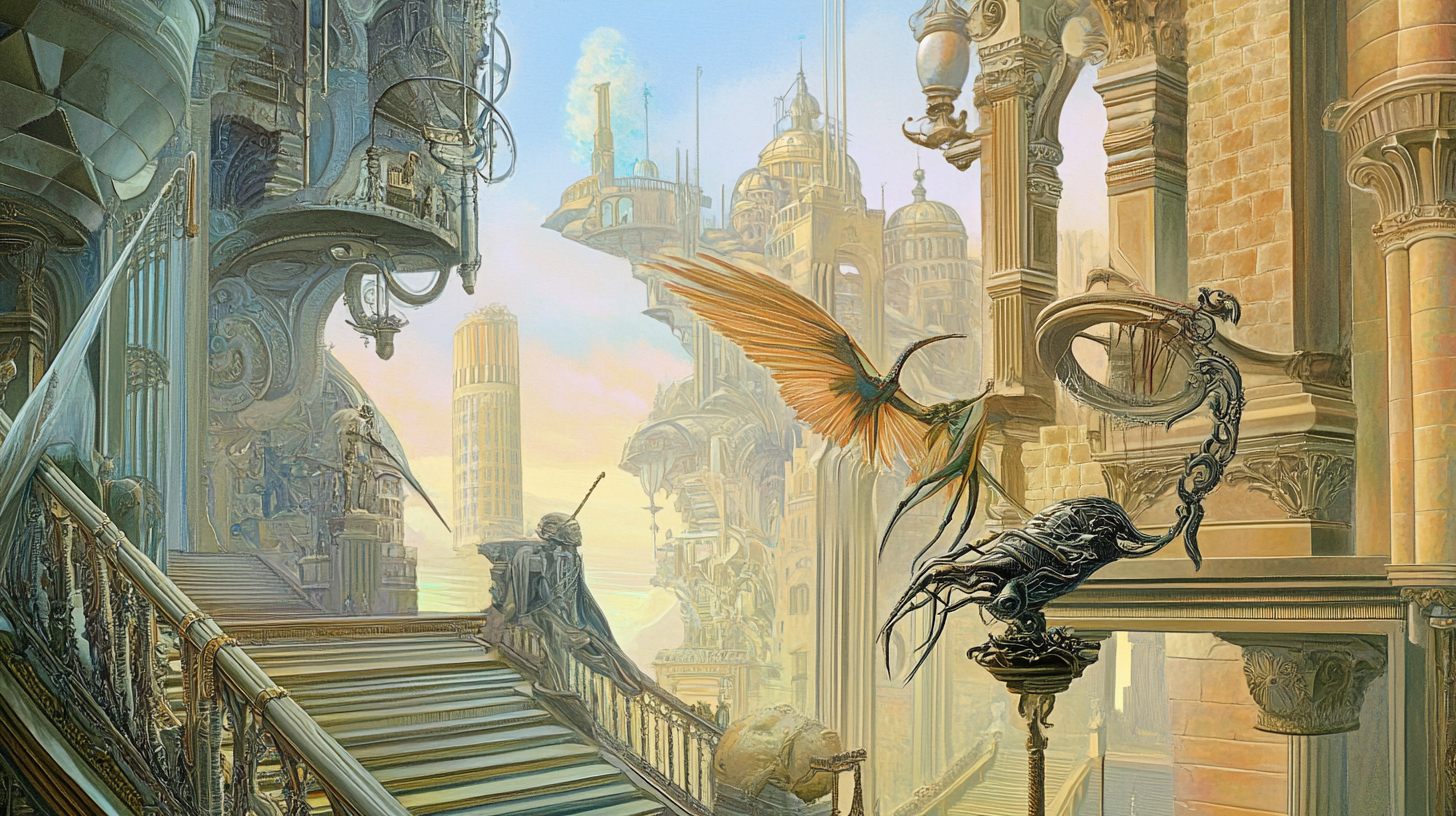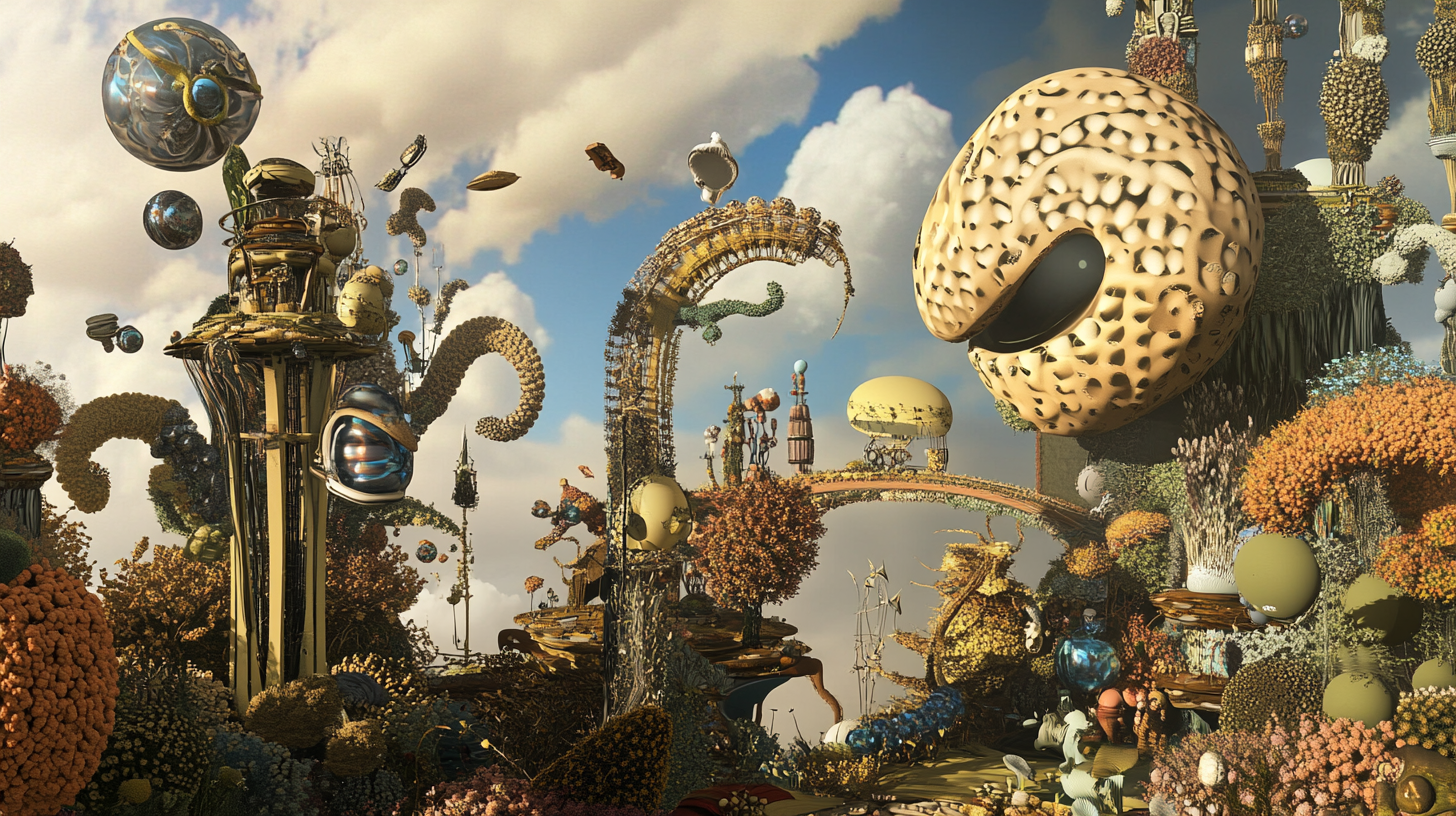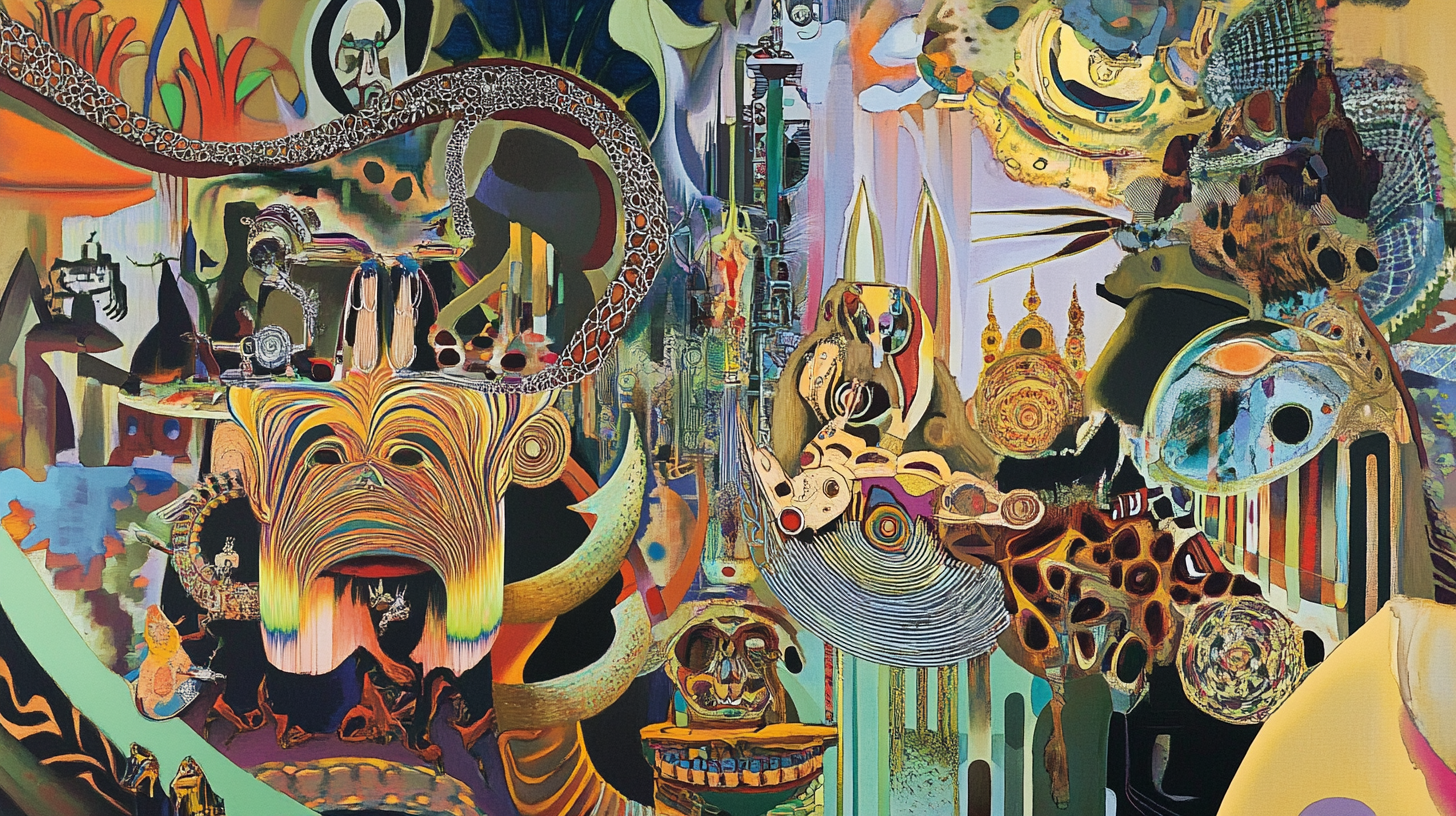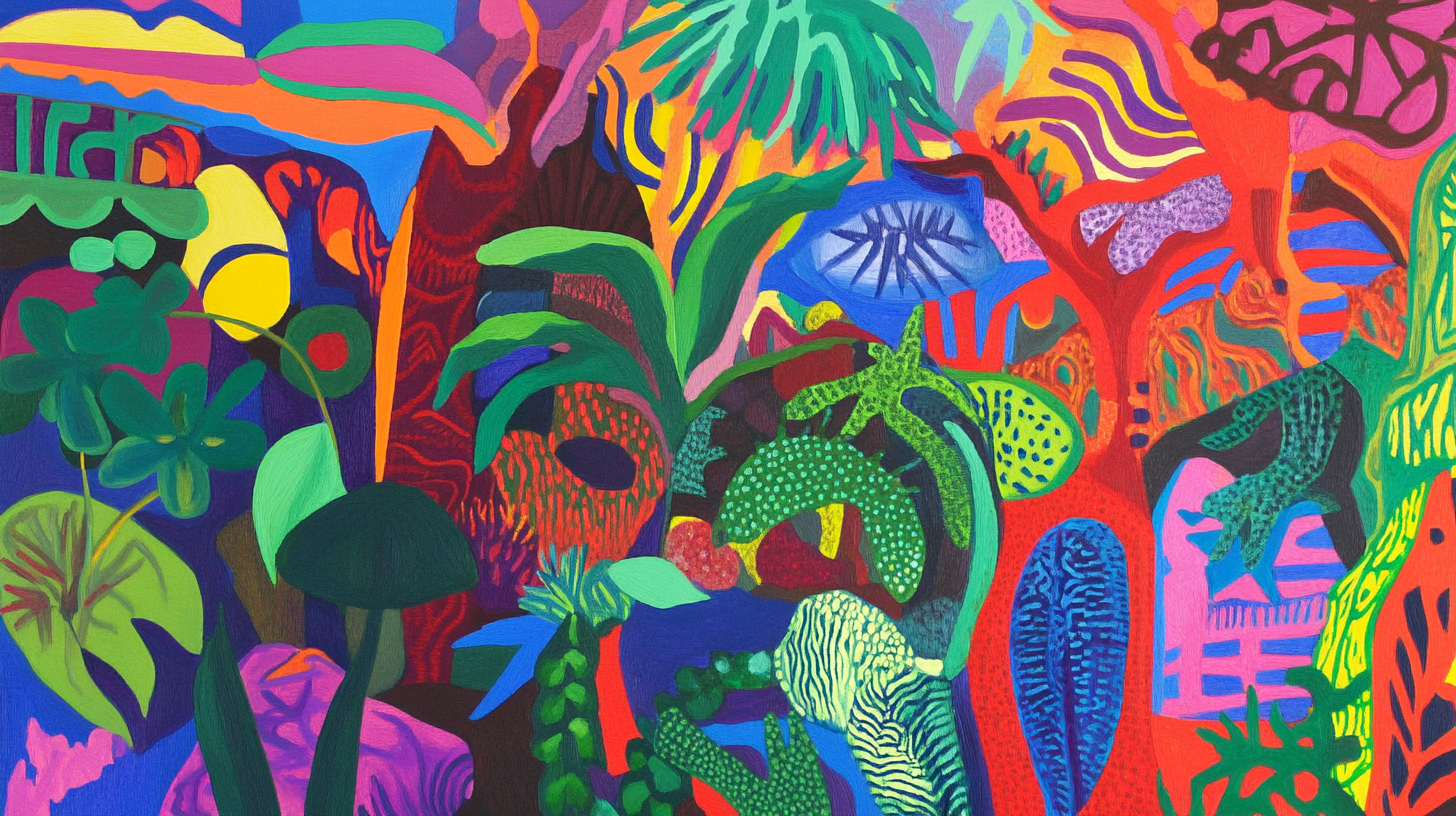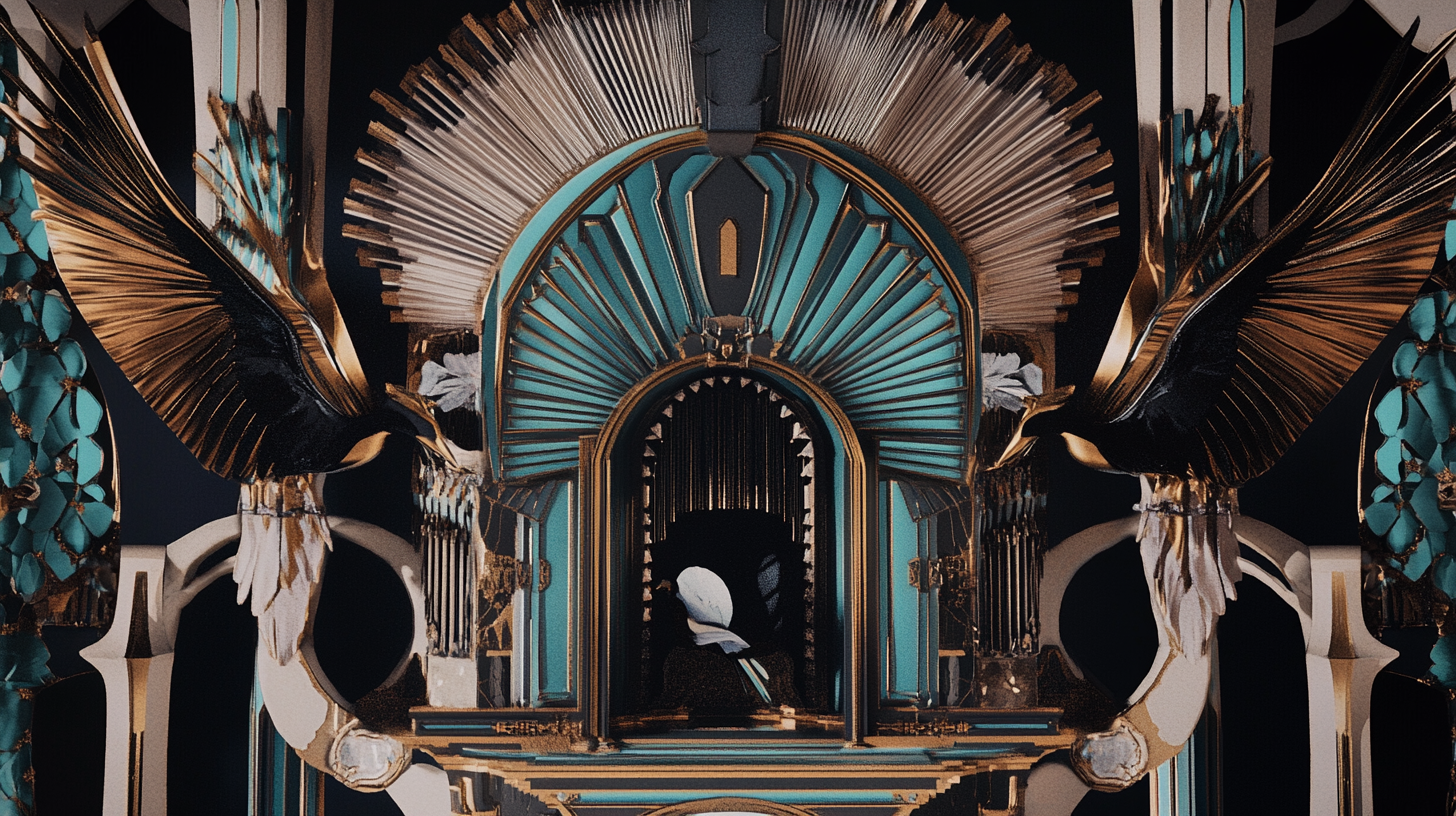Futurism
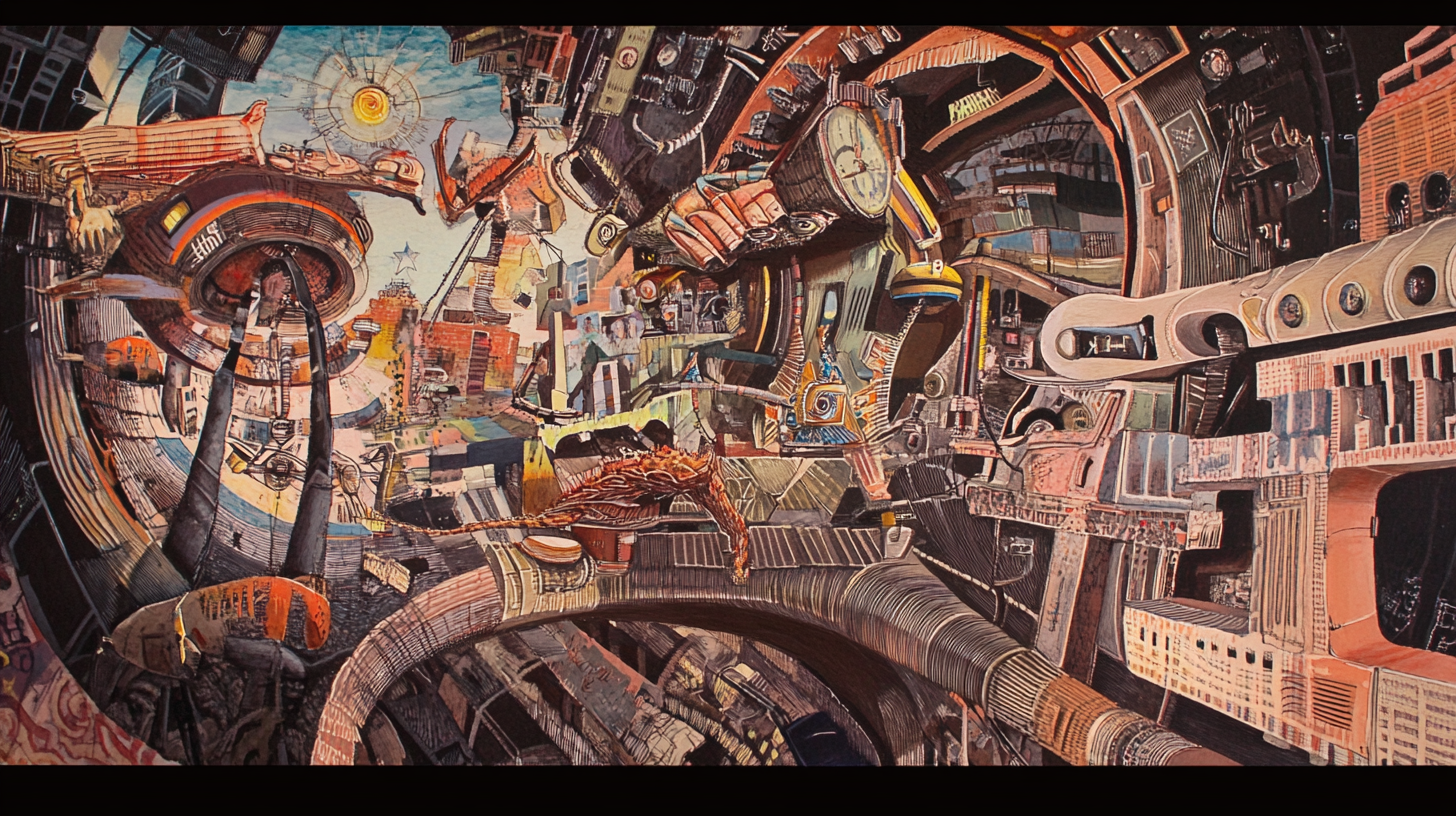 AI-Generated ImageAI-Generated Image
AI-Generated ImageAI-Generated Image Futurism is an early 20th-century art movement that celebrated speed, technology, energy, and modernity. Emerging in Italy through visionaries like Filippo Tommaso Marinetti, Umberto Boccioni, and Giacomo Balla, Futurism sought to shatter tradition and embrace the relentless dynamism of the industrial age. Its bold lines, kinetic motion, and mechanized imagery captured the optimism—and chaos—of progress. Reimagined today through the Output.GURU AI creative generator, AI futurism translates this obsession with movement and innovation into AI-generated art that fuses machine intelligence with the same radical energy that once defined the future itself.
Visually, Futurist art is characterized by bold lines, fragmented forms, repeated motion, and radiant color, all used to convey movement, aggression, and the mechanical power of modern life. Common themes include urban landscapes, machines, vehicles, war, and the human figure in motion.
In digital and AI-generated contexts, Futurism inspires energetic, kinetic visuals that highlight the intersection of humanity and technology, making it ideal for artworks that convey momentum, transformation, and the pulse of progress.
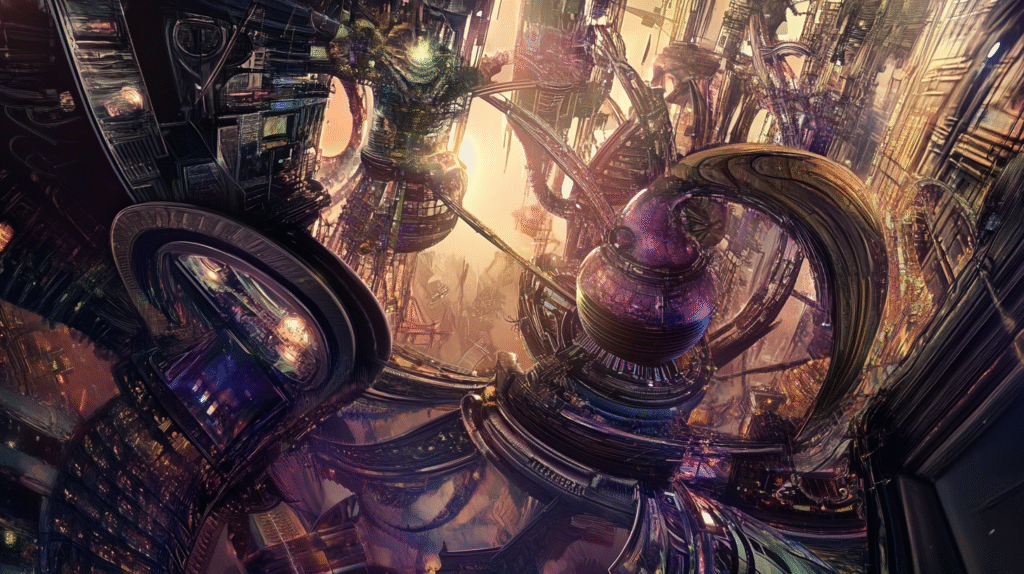 AI-Generated Image
AI-Generated Image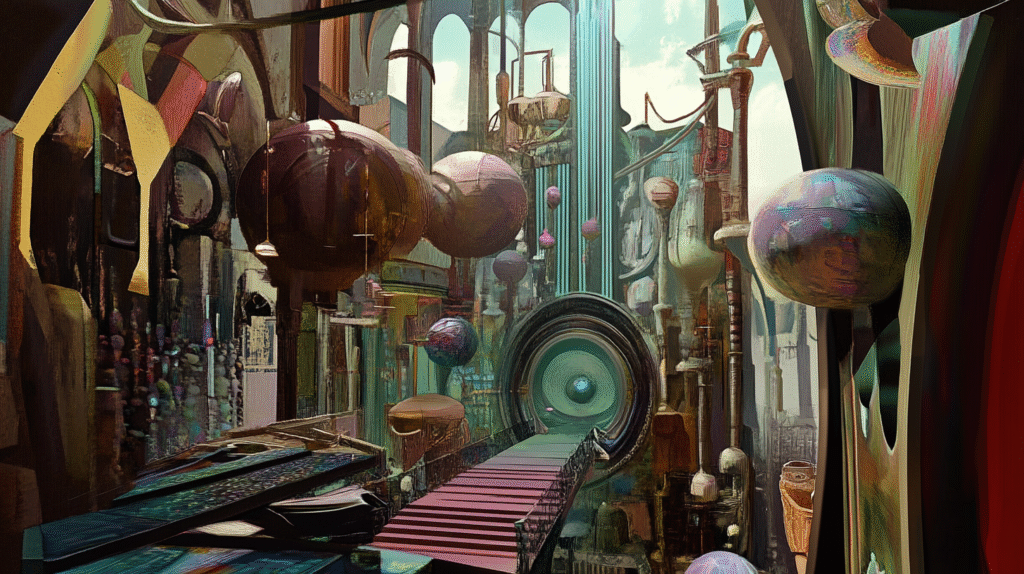 AI-Generated Image
AI-Generated Image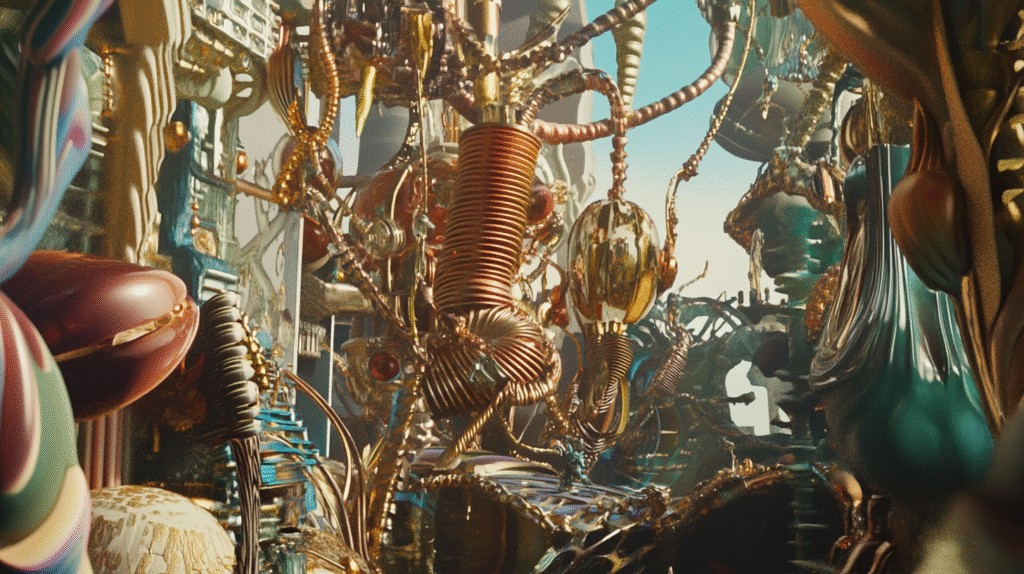 AI-Generated Image
AI-Generated Image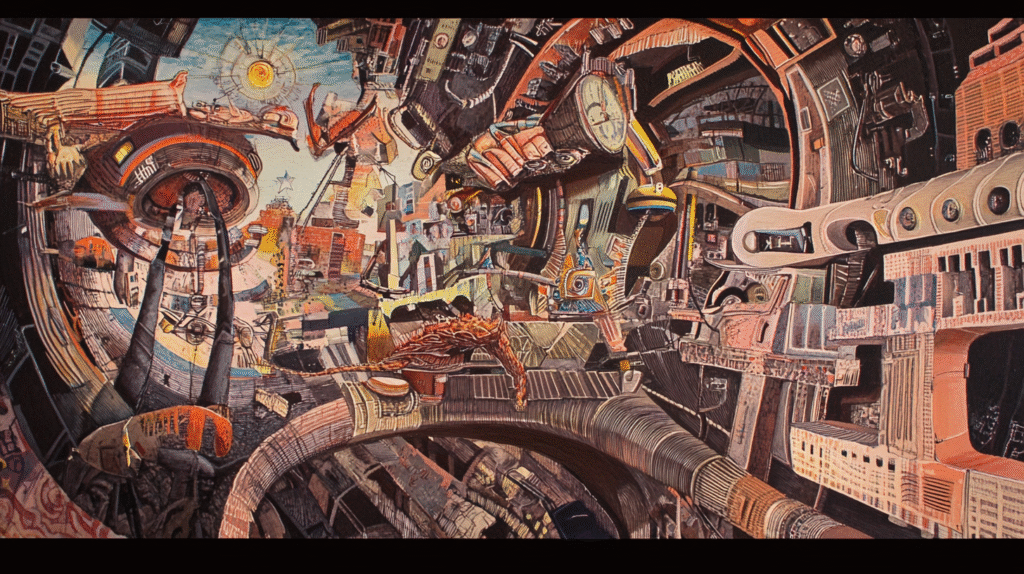 AI-Generated Image
AI-Generated ImageFrequently Asked Questions
What is Futurism?
Futurism is an early 20th-century art movement that celebrated speed, technology, energy, and modernity.
Who were some key figures in the Futurism movement?
Key figures in the Futurism movement include Filippo Tommaso Marinetti, Umberto Boccioni, and Giacomo Balla.
What are common themes in Futurist art?
Common themes in Futurist art include urban landscapes, machines, vehicles, war, and the human figure in motion.

